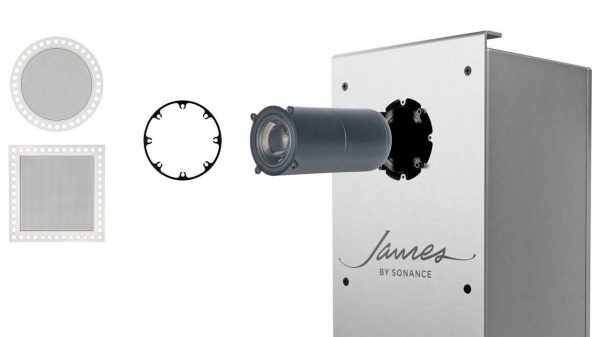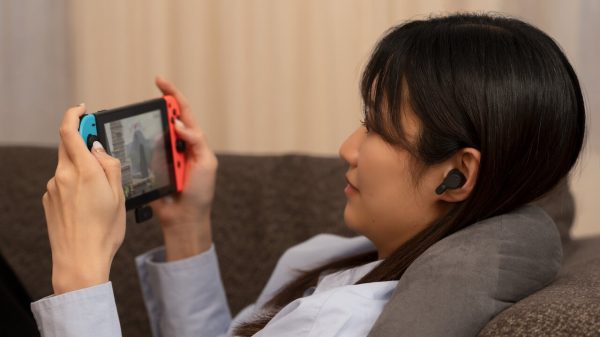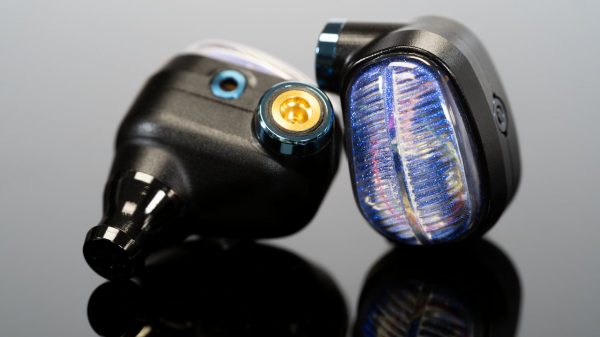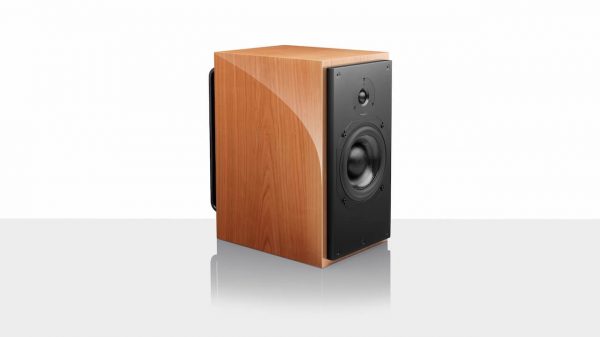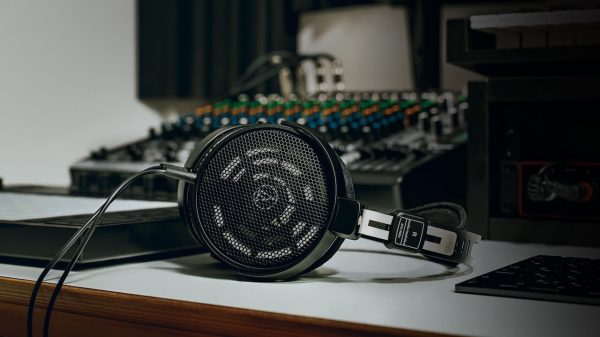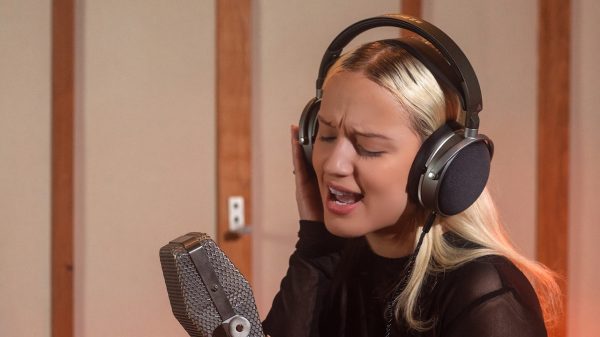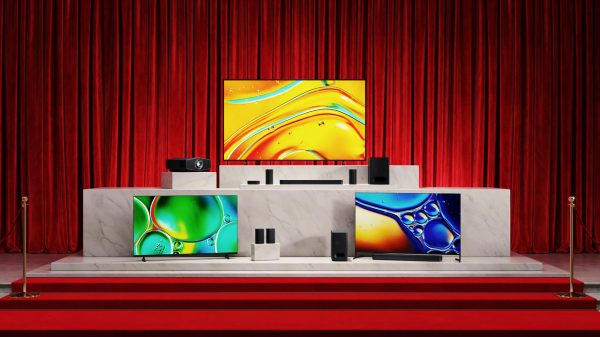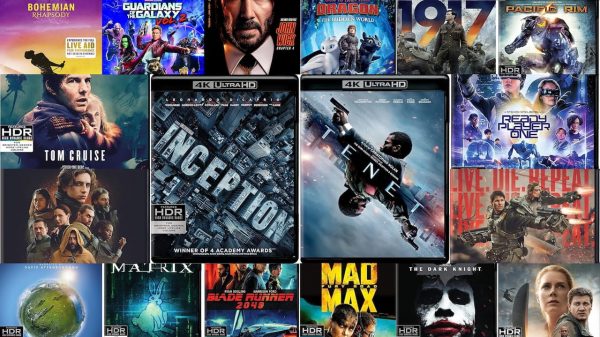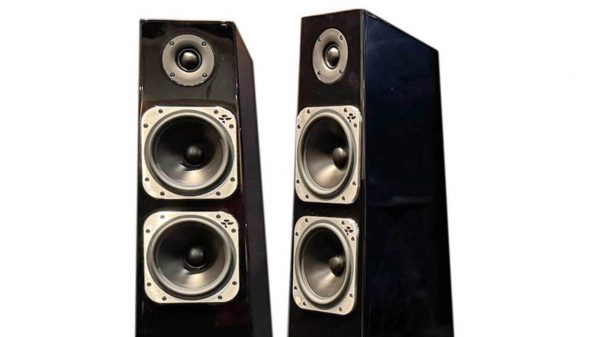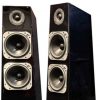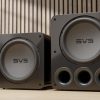The annual Value Electronics TV Shootout has been held every year but one since 2004. The premise is simple: assemble the top performing TVs in one room, calibrate each one for peak performance and feed them with the most challenging test patterns, stills and video clips to see which one has the best picture quality. The winner earns the title of the “King of TV” for that year. The event was the brainchild of Robert Zohn, founder of Value Electronic, an independent A/V retailer and integrator in Scarsdale, NY and his passion for high performance video technology has kept the event alive and relevant through all these years.
As it was last year, the 2023 TV Shootout was co-hosted by Value Electronics and Dealerscope. The event was held at the Company building in midtown Manhattan over two days: the 4K TV Shootout was held on September 30 and the 8K TV Shootout followed on October 1.
All models in the competition were calibrated by professional calibrators including Dewayne Davis (“D-Nice” as he is known online) and John Reformato, both of whom are ISF Level III certified calibrators. Judges included professional colorists, compressionists, TV reviewers, A/V content creators and VFX/Cinematography experts. This year’s judging panel included Phil Holland, Brian Stout, David Mackenzie, David Medina, Gregg Tarr, Richard Drutman and Kenneth Almestica. For the 8K evaluation, I filled in judging duties for Gregg Tarr who was unable to attend.
TV Shootout Day One: 4K
The 4K TVs at this year’s event all measured 65 inches from corner to corner. The TV technologies on display included OLED (Organic Light-Emitting Diode), QD-OLED (Quantum Dot Organic Light-Emitting Diode) and MiniLED (LCD panels illuminated by high precision direct LED backlights).
Competitors in the 2023 4K TV Shootout (with Current MSRP Pricing and Amazon links):
- Hisense 65U8K MiniLED TV ($1099)
- LG OLED65G3PUA OLED TV ($3299)
- Samsung QN65QN95C MiniLED TV ($3200)
- Samsung QN65S95C OLED TV ($2800)
- Sharp 4TC65FV1U MiniLED TV ($2499)
- Sony XR65A95L QD-OLED TV ($3499)

The Technologies
As in previous years, the TV shootout was a showdown between the current state of the art in OLED technology and the best performing LED/LCD televisions. But there were individual variations in the tech used from model to model.
Samsung Display’s latest QD-OLED panel was used in both the company’s own QN65S95C TV as well as in Sony’s XR65A95L TV. QD-OLED TVs use OLED panels with pure blue OLED elements combined with a Quantum Dot color layer to generate pure primary red and green sub-pixels. These three primary colors combine to form all the colors visible on screen. The main difference between the Sony and Samsung QD-OLED sets are the video processing, the chassis design, and the Smart TV platform. Samsung uses their own Tizen Smart TV OS while Sony has opted to use Google TV as its Smart TV platform. Each company uses its own proprietary video processing to create the images on screen. For dynamic HDR, Sony supports Dolby Vision, while the Samsung TV features HDR10+. The Samsung and Sony QD-OLED TVs are said to offer “up to twice the brightness” of last year’s models.

LG’s OLED65G3PUA OLED TV features the company’s own WRGB OLED panel, so-called because the unit uses white OLED elements shone through a color refiner to generate the red, green and blue OLED sub-pixels which combine to create the full color image. LG’s G3 Meta OLED TV features a new MLA (Micro Lens Array) screen design which offers a significant brightness bump over last year’s G2 model. The design also helps widen OLED’s already broad viewing angle so viewers see the same high contrast images even off angle. LG uses its own WebOS smart platform and supports Dolby Vision dynamic HDR.


On the MiniLED side, all three MiniLED TVs use LCD imaging panels with an array of tiny MiniLED backlights providing illumination. By providing hundreds of local dimming zones, these TVs can approach the contrast, uniformity and image quality of OLED and QD-OLED TVs and they can do that with higher overall brightness. Hisense is a new competitor in the TV shootout, Samsung is returning with its latest MiniLED/LCD set and Sharp has returned to the shootout for the first time since 2011 when its “Elite” model LED/LCD TV grabbed the competition’s first victory for an LED/LCD television. Like Samsung’s QD-OLED, Samsung’s MiniLED set uses Quantum Dot color technology for rich, accurate color reproduction.

Ladies and Gentlemen, Start Your TVs
Returning as Master of Ceremonies this year was our friend Caleb Denison, Senior Editor of Digital Trends. Caleb introduced the players, briefly described the technologies and helped guide the judges through the testing methodology, pointing out what to look for in the test patterns and clips. He also helped keep the competition on track as it began to veer off into various rabbit holes.

This year, the show hosts had not one but two professional BVMs (broadcast video monitors) as references to compare to these consumer displays. Sony’s dual cell LED/LCD BVM-HX310 monitor sells for about $25,000 and is the standard display used by broadcasters, TV and film mastering professionals worldwide. For the objective tests, judges were tasked with comparing the six competitors with the picture on the broadcast monitors. The closer their picture was to the reference, the higher the score.
Each judge was asked to consider specific areas of picture performance, including contrast, peak brightness, picture uniformity, color accuracy, color volume, native motion resolution and shadow detail. Tests included SDR (Standard Dynamic Range) and HDR (High Dynamic Range) content with all sets professionally calibrated and picture enhancement features like motion smoothing disabled to ensure a level playing field. Caleb told us the team had selected no fewer than 101 test patterns and clips for this year’s competition. Not all of the clips were used (there was simply not enough time), but the volume of tests should give you some idea about how thorough the event hosts took their work.

After the “objective” tests of the calibrated TVs were completed, the room lights were turned on and the TVs were set to their standard out-of-the-box settings. Each TV was measured and set to its most accurate preset mode — normally “Cinema” or “Movie” mode. This is to represent what most consumers will see when they buy one of these TVs. This batch of judging was more subjective. In these tests, each judge was tasked with scoring the TVs based on which one they personally thought looked “best” on a variety of content. And while the results of these tests were tabulated and shared (and were generally consistent with the objective tests), the subjective test scores were not counted toward the “official” scores for the “King of 4K TV.”
As in previous years, each TV had its strong points and weaknesses but a few things became clear over the course of the day. Despite advancements in MiniLED-lit LCD television, OLED is hard to beat when it comes to deep black levels, rich, accurate, saturated colors and natural reproduction of moving images. While the Hisense MiniLED TV looked good with bright, high contrast content (and sells for about a third the cost of the OLED TVs), and the Samsung MiniLED TV provided solid color accuracy and peak brightness (particularly in its “out of the box” mode), it was the three OLED TVs that took first, second and third place in the competition. In fact, results were quite similar to last year’s 4K TV Shootout.

And The Winner Is…
The winner in all three categories: SDR, HDR and the subjective bright room/out of the box settings was the Sony A95L QD-OLED. Its overall average scores were 4.52 out of 5 for the SDR tests, 4.45 for HDR for an overall average of 4.49 out of 5. In the subjective out-of-the-box/preset testing, the Sony A95L earned a composite score of 4.5 out of 5. The Sony didn’t exactly run away with the competition though: the Samsung tied the Sony for high score in the SDR Shadow Detail/Black level tests and the LG tied the Sony in Native Motion Resolution in both SDR and HDR and earned the highest score for HD resolution/upscaling. Most scores were close among the three OLED TVs.

The LG G3 OLED finished the competition in second place with a composite score of 4.26 (out of 5) on the SDR tests, and 4.19 on the HDR tests. Its overall average score was 4.23. In the subjective out-of-the-box/preset categories, the LG received a composite score of 4.29. Samsung’s S95C QD-OLED finished the competition in third place overall with a composite score of 4.14 overall. It received a 4.06 (out of 5) for SDR tests and 4.21 in the HDR tests. This means the Samsung S95C actually came in second to the Sony QD-OLED in the HDR tests, just slightly ahead of the LG, but its overall average score considering all categories was 15 hundredths of a point below the LG. The Samsung’s out of the box/preset score was 4.25.

Clearly it was a tight race this year, with all of the OLED TVs finishing with very strong scores overall. Any of these would make a fine choice for your living room.
Day Two: Onward Into the 8K Breach
After an evening to clear the visual palette and some rest of our weary eyes, the competition continued on day two with the 8K TV competition. With fewer 8K TV models on the market, the competition was slimmer on day two with just three models competing: one OLED and two MiniLED/LCD TVs. The LG Z2 OLED and Sony Z9K MiniLED/LCD TV were originally introduced in 2022 and carried over to this year. The Samsung QN900C MiniLED/LCD TV is brand new in 2023.

Why 8K? Isn’t 4K Enough? How Many Ks Do You Really Need?
Every time there is an advancement in picture quality standards, we hear the same objections: “What we have is good enough!” and “There’s no content!” and “It’s just a gimmick to sell more TVs!” And while all of these things may be true to an extent, there are those who want the best, and the best right now — as far as picture detail goes — is 8K resolution (7680 x 4320 pixels).
Just as 4K has four times the picture detail of 1080p High Def, so 8K has four times the resolution of 4K. And while there is practically no content available yet in 8K resolution, 8K TVs can upconvert existing standard definition, high definition and Ultra High Definition 4K content to the TV’s native 8K resolution, producing a more realistic and detailed image. This is particularly important on today’s oversized TV screens.
Tip: How Far Should You Sit From a HDTV, 4K or 8K TV?
So while 8K resolution may be overkill for most TV buyers today, it’s worth taking a look at the state of that art in TV technology for those who want the most pixel-packed displays on the market.
Contenders in the 2023 8K TV Shootout (Including Current MSRP)
- LG OLED77Z2PUA 77-inch 8K OLED TV ($9,999) – Amazon
- Samsung QN75QN900C 75-inch 8K MiniLED TV ($6,299) – Amazon
- Sony XR75Z9K 75-inch 8K MiniLED TV ($5,998) – Amazon
The LG OLED77Z2PUA TV uses LG’s WRGB OLED panel to produce its 8K native image. The Sony XR75Z9K and Samsung QN75QN900C TVs use an LCD imaging panel backlit by a dense array of small LED lights (MiniLEDs) to create their 8K images. The Samsung differs from the Sony in that it uses Quantum Dots to create its colors. Both MiniLED sets use local dimming in order to deliver enhanced contrast and improved black levels.

The Battle: Light Vs. Dark
As we’ve seen in 4K and 8K TV comparisons in the past, OLED typically has an advantage in overall picture uniformity, black levels, perceived contrast and color saturation thanks to its emissive design and instant on/off pixels. Meanwhile MiniLED TVs tend to be capable of higher overall peak brightness due to their bright efficient LED backlights. But is this higher brightness enough to counter all of OLED’s picture quality advantages?
As with yesterday’s 4K TV Shootout, all three 8K TVs were calibrated for peak performance and were fed with a variety of test patterns, video stills and clips intended to highlight specific areas of picture performance. Unlike the 4K TV Shootout, the 8K sets were also fed native 8K content so we could see each TV at its best. Motion Picture director, VFX and cinematography professional Phil Holland, one of the judges of the event, shot and mastered the 8K content himself. It was handy having Phil at the event as he could authoritatively state how the content was supposed to look since he was there in the room (or in the helicopter) when it happened.
Similar to the 4K TV Shootout, the 8K OLED TV impressed attendees and judges with its inky deep black levels and rich accurate color reproduction. It’s impossible to overstate the importance of a dark black canvas on which to build an image of bright saturated colors. This contrast between light and dark colors gives the OLED image a punchy almost three dimensional realism that is difficult for other technologies to match. While the MiniLED TVs did produce pleasing – and very bright – images, they weren’t quite able to capture the deep dark blacks of the OLED. This led to the OLED TV scoring higher than the MiniLED TVs in several key performance areas, including shadow detail, uniformity and color accuracy.

And the 8K Winner Is…
The LG Z2 OLED placed first overall in both the SDR and HDR categories. The Sony placed second overall taking the top scores for motion resolution and peak brightness (High APL) in the HDR tests. Overall, considering that the LG OLED is nearly twice the price of the two MiniLED/LCD sets, each set performed well and each offers a solid choice for those who want to be ready for the next generation of 8K Ultra HD content.


While this year’s results were nearly identical to last year’s, it was still fascinating to see the best that each major TV brand currently has to offer competing head to head on a level playing field. And with the competition heating up on both the OLED and LCD TV front, it will be interesting to see where TV technology takes us in the future.
Thanks go out to Robert Zohn from Value Electronics for including us in the festivities again this year and to Dealerscope for hosting the event.
Related Reading:


